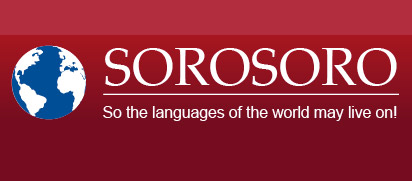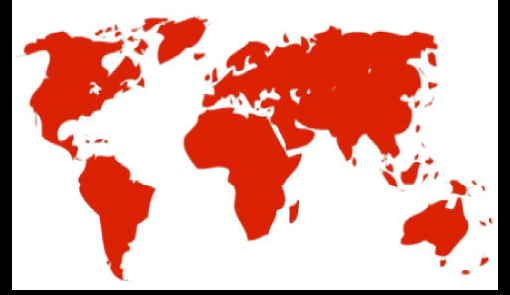Print  |
|


Days of the week in Tamasheq
We join Moussa Ag Keyna from the band Toumast, to take a short lesson of Tamasheq, the language of the Tuareg spoken in several countries of the desert areas of Sahara.
He is giving us here the names for the days of the week in his language. A very short video to watch again and again until one can pronounce properly!
Image & sound: Arnaud Contreras
Language advice: Salem Mezhoud and Abdoulahi Attayoub
Editing: Caroline Laurent
Reminder: Tamasheq (or Tamajeq, or Tamaheq, stemming from the word Tamazight) is spoken by the Tuareg, a nomadic people that has been settled in the desert areas of North Africa for millennia, over a vast territory reaching from Mali to Libya, from Burkina Faso to Algeria, and including Niger. There are around one million speakers of Tamasheq.
Like Kabyle, Shawia, or Rifian, Tamasheq is in fact a variant of Berber (or Tamazight), a group of languages that covers the whole of North Africa (Marocco, Algeria, Tunisia, Libya, Egypt, Niger, Mauritania, Mali, and Burkina Faso), not to mention a large diaspora in Europe and America. Total estimations account for over 45 million speakers of Berber languages.
One distinctive feature of the Berber language is its writing. An alphabet known as Tifinagh appeared during the first millennium B.C., and despite its disappearing in most of the North where it was replaced by Roman and Arabic alphabets, the Tuareg have been using it ever since. In the second half of the 20th century, a modern version, first created by the Berber Academy and then modified by linguists to reach a standard form that would be suitable to all the idioms, is now widely used in the North and was even formalized in Morocco in 2001. This Alphabet, known as Neo-Tifinagh, while raising enthusiasm in the North, still encounters reluctance among the Tuareg people.








